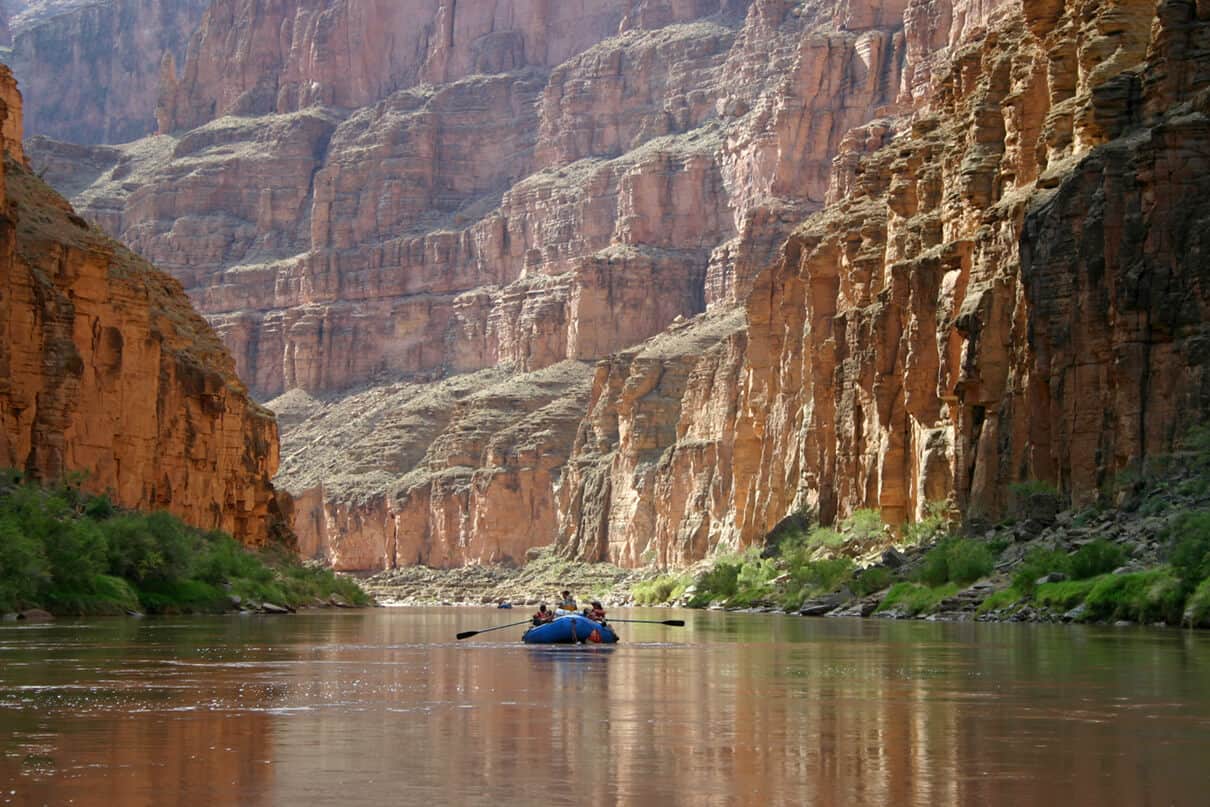As you dive into this issue of Paddling Business and tales of a tumultuous year, here’s something worth remembering.
Behind paddling’s participation boom
There’s an old Taoist parable about a farmer whose horse runs away. When his neighbors cry, “What bad luck,” the man simply replies, “We’ll see.” When his wayward horse returns with another, the neighbors cheer, “What good luck!” Again, the man says,“We’ll see.” When the man’s son breaks his leg riding the new horse, again the neighbors cry, “Terrible luck,” until the injury spares the son from going to war.
The point, of course, is no one knows what fortune brings while the story is unfolding.
Paddlesports is living that parable. Five years ago, the industry was riding high on a pandemic boom. Then came the bust. This year, tariffs, economic uncertainty and cautious consumers have many bracing. On the pages ahead, you’ll hear many predictions, though no one knows for certain what comes next.

Here’s one thing we do know, and it’s this year’s underappreciated good news story: Paddlesports participation is at an all-time high. Nearly 30 million Americans went paddling last year, up 2.7 percent year-over-year, and up 22 percent since 2019, according to the Outdoor Industry Association’s (OIA) newly released 2024 participation report. Research director Kelly Davis dubs paddlesports “healthy and growing.”
There was growth across all disciplines, though modest in some. Standup paddleboarding continues to lead, averaging 4.4 percent annual growth over the last five years, and a 6.6 percent increase between 2023 and 2024. Canoeing saw the smallest growth year-over-year (1.1 percent) while sea kayaking saw the smallest growth over the last five years (1.7 percent). Still, both stats are an improvement from 2015-2018, when participation in canoeing and sea kayaking was shrinking.
In 2017, recreational kayaking overtook canoeing as America’s most popular paddlesport, and it remains not only the largest discipline, but it also boasts the highest share of frequent paddlers at 23 percent—defined as those who paddled more than eight times a year.
Last year was also a milestone year for another reason. The paddlesports gender gap has narrowed significantly over the last decade, and 2024 saw an almost equal number of male and female paddlers (49 percent female versus 51 percent male). Sea kayaking had the largest proportion of male participants (66 percent), while paddleboarding had the highest percentage of female participants (58 percent). Recreational kayaking also had more female participants than male participants, though by a smaller margin (53 percent).
Ethnic diversity has increased in paddlesports, too, though not as much as in other outdoor activities, which has contributed to outdoor participation growth across the U.S.
“Diversity has driven growth across the outdoor participant base for the past five years, and paddlesports has become more diverse during that time period. However, there is room for growth in diversity across paddle disciplines,” writes Kelly.
And despite the classic dirtbag image, more than 40 percent of frequent paddlers have a household income higher than $100,000, compared with one in three households in the study.
Nearly every signal in the OIA’s 2024 participation data is positive. Times are tough for many, but as the Taoist farmer might say, we’ll see. What’s certain is that the base is bigger, more diverse and more affluent than ever. Dive deeper into the participation data.
Getting a bird’s eye view. | Feature photo: Paul Villecourt



 This article was first published in the 2025 issue of Paddling Business.
This article was first published in the 2025 issue of Paddling Business. 





